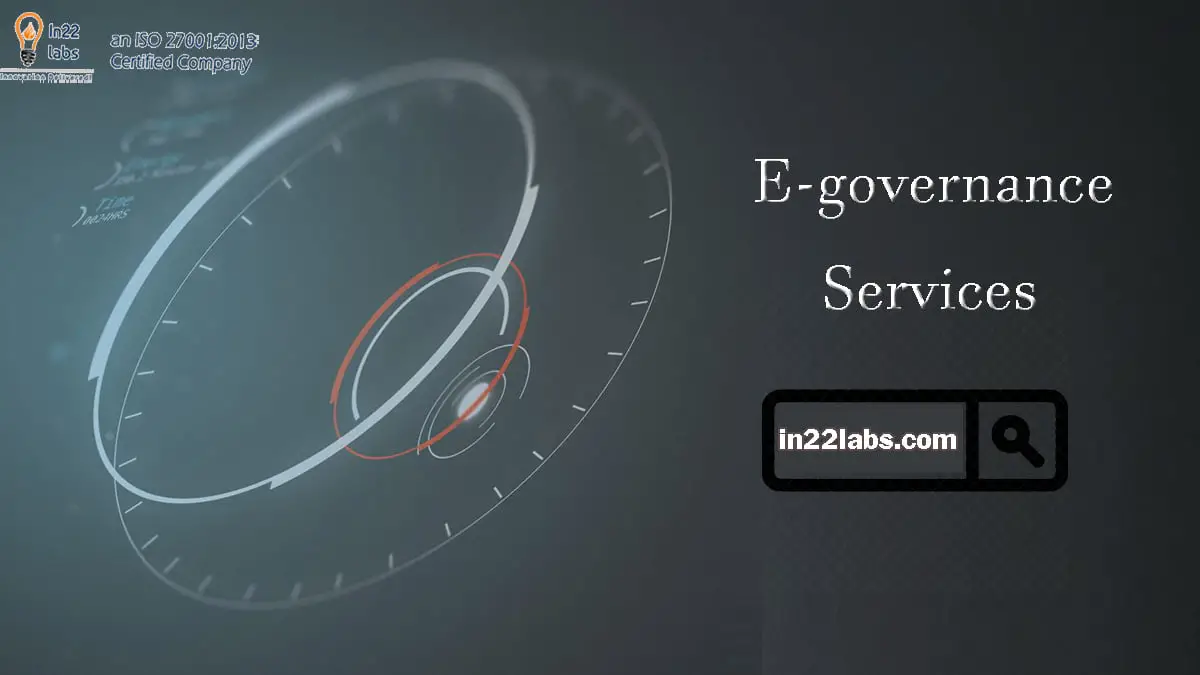Introduction:
M-governance is a subcategory of e-governance and ensures that e-services are available to people through mobile technologies using mobile phones.
These services bypass the traditional and physical networks for communications. Mobile services are cheaper and accessible in most of the rural areas in India.
Increasing mobile phone accessibility, flexibility, and the millions of subscription bases, governments are promoting and using mobile phones to deliver e-Governance services.
In the last few years, governments have seen mobile phones enable citizens and affect how citizens interact with each other and society.
Mobile phones also effectively strengthen democracy through better citizen-government interaction, thus influencing the political decision-making process and making governments accountable for their activities.
Objective of M-Governance:
M-Governance endeavours at presenting fast and easy access to public services to citizens through mobile methods.
Mobile services are quickly emerging in modifying government and making it more convenient and citizen-centric by increasing the benefits of remote government services and information.
Delivering timely and accurate information to citizens and strengthening democracy establishes a two-way communication system between the government and people by facilitating enhanced utilization of public services, participation.
Mobile technologies have been prominent in government, especially in agriculture, health care, financial services, retail trading, utilities, communications, manufacturing, transportation, and services.
Businesses have woken to mobile phones and are introducing services, especially in the Banking sector.
Mobile banking is the eventuality because of its cost-effectiveness and ability to reach out to customers in remote areas.
M-governance in India:
The government of India aims to apply the extensive reach of mobile phones and mobile applications, allowing easy public services.
The Government of India is executing the Digital India programme into the digitally enabled organization and a knowledge economy.
Under the Digital India programme, e-Kranti visualizes the various e-Governance services.
The e- Kranti programme's main aim is to transform the e-Governance services by expanding the portfolio in e-Governance under various Department, introducing the latest technologies such as Cloud and mobile platform and focus on the integration of services.
Electronics and Information Technology developed and notified the structure for Mobile Governance.
The governance framework of the Government of India aims to create a unique infrastructure and application development ecosystem for m – Governance in the country.
Following are the main measures by MEIT:
Websites of all Government Departments and Agencies shall be integrated with mobile-compliant, applying the “One Web” approach.
Open models are adopted for mobile applications to ensure interoperability across various operating systems and devices as per the Government Policy.
Uniform/ single pre-designated numbers shortcodes used for mobile-based services to ensure convenience.
Government Departments and Agencies shall develop and extend mobile applications for providing all their public services through mobile devices.
To assure the selection and implementation of the framework in a time-bound manner, the government developed the Mobile Service Delivering infrastructure is to allow the availability of public services through mobile devices.






